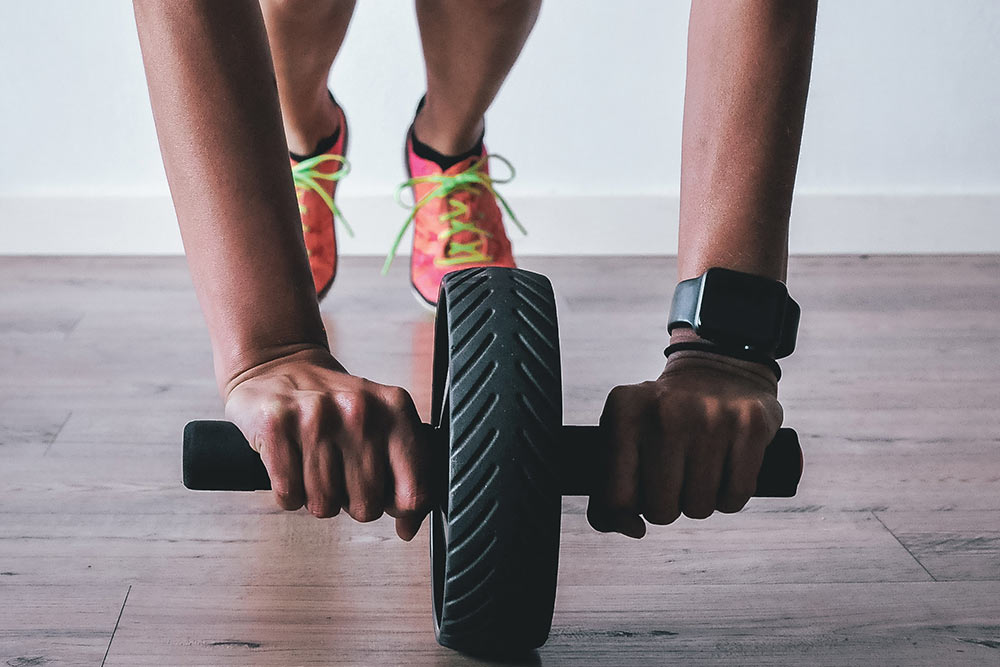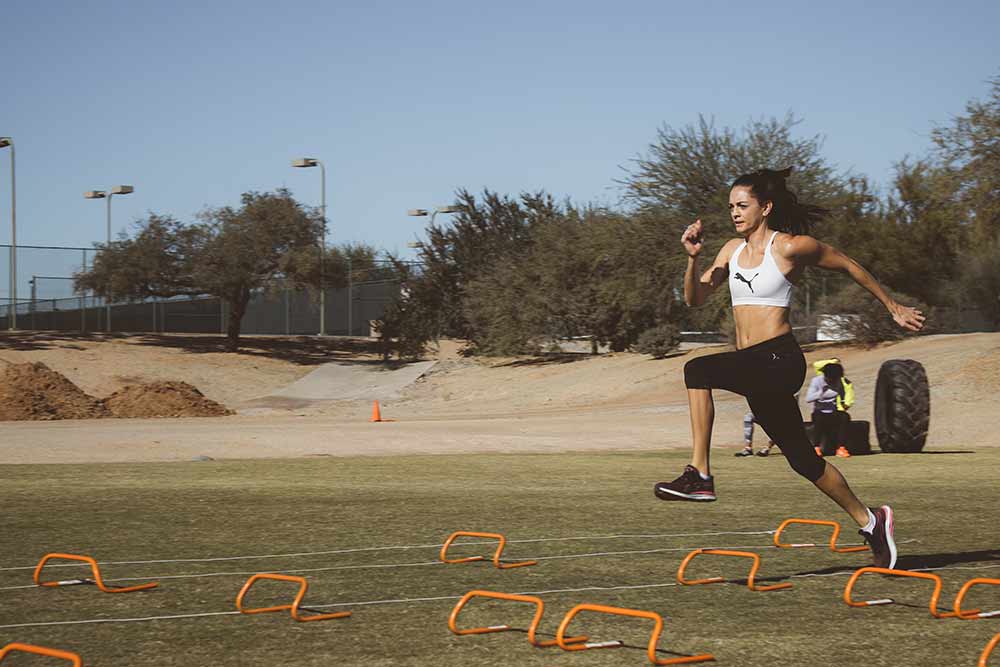Maximize Results By Combining Yoga & HIIT

Alyssa Bialowas
 The effects of yogic exercise and its ability to increase an individual’s aerobic capacity are seldom studied. Yoga is widely understood to confer benefits to a person’s physical, emotional, and spiritual well being, and studies that compare the effects of yoga and exercise seem to indicate that yoga is more effective than exercise at targeting health-related outcome measures in both healthy and diseased populations (Ross & Thomas, 2010). A recent study by Desai et al. (2017) supports the idea that high-speed yoga produces significantly greater muscle activation than regular speed yoga, and offers health benefits beyond those of traditional aerobic and strength training.
The effects of yogic exercise and its ability to increase an individual’s aerobic capacity are seldom studied. Yoga is widely understood to confer benefits to a person’s physical, emotional, and spiritual well being, and studies that compare the effects of yoga and exercise seem to indicate that yoga is more effective than exercise at targeting health-related outcome measures in both healthy and diseased populations (Ross & Thomas, 2010). A recent study by Desai et al. (2017) supports the idea that high-speed yoga produces significantly greater muscle activation than regular speed yoga, and offers health benefits beyond those of traditional aerobic and strength training.
Related Article: HIIT Is Beneficial For All Ages
The Study:
Twenty-two adults with at least one year of yoga experience who practiced yoga at least twice a week performed a maximal oxygen consumption (VO2max) test on the treadmill on the first day of the study. On the second and third day, muscle activation patterns during a sequence of yoga poses were evaluated using electromyography (EMG) during the high-speed yoga condition or the standard-speed yoga condition. Participants were randomized between the two conditions, the testing sessions were one hour and the study lasted two weeks.
![]() Track your heart rate and other fitness statistics with the sleek and stylish Motiv Fitness Ring.
Track your heart rate and other fitness statistics with the sleek and stylish Motiv Fitness Ring.
What They Found:
While the study did not find a significant difference in activation levels of specific muscles during either the standard-speed yoga pose sequence or the high-speed yoga pose sequence, there was a significant difference in EMG amplitude (greater muscle activity) during the transition phase of high-speed yoga, compared with the amplitude measured during the transition phase of standard-speed yoga. Put simply, the researchers found that muscle activation during an overall yoga sequence (held pose and transition phase combined) does not differ from standard-speed yoga to high-speed yoga. However, the higher frequency of transition phases in high-speed yoga leads to a significant difference in muscle activity than standard-speed yoga.
The results of this study indicate that high-speed yoga that integrates yogic exercises with a high rate of transition phases is an aerobically challenging exercise similar to high intensity interval training.
Related Article: 8 Ways To Turn Any Space Into A HIIT Workout
Takeaway:
To conclude, this study conducted by Desai et al. (2017) indicates that high-speed yoga produces significantly greater muscle activation during the fast-paced transition sequences than regular speed yoga, with similar health benefits of high intensity interval training. Future research must thoroughly examine the combination of plyometric integrated fast-speed yoga and HIIT to maximize overall health.
 Recover faster from high-intensity workouts with the Recoup Fitness Roller.
Recover faster from high-intensity workouts with the Recoup Fitness Roller.
You Might Like:
Maximize Results By Combining Yoga & HIIT
Alyssa Bialowas The effects of yogic exercise and its ability to increase an individual’s aerobic capacity are seldom studied. Yoga is widely understood to confer benefits to a person’s physical, emotional, and spiritual well being,...References:
Desai, T., Massoni-Martins, M., Mooney, K., Potiaumpai, M., Rodriguez, R., Signorile, J., & Wong, C. (2017).
Difference in Muscle Activation Patterns During High-Speed Versus Standard-Speed Yoga: A
Randomized Sequence Crossover Study. Complementary Therapies in Medicine, 30, 24-29.
Ross, A. & Thomas, S. (2010). The Health Benefits of Yoga and Exercise: A Review of Comparison Studies.
The Journal of Alternative and Complementary Medicine, 16, 3-12.










